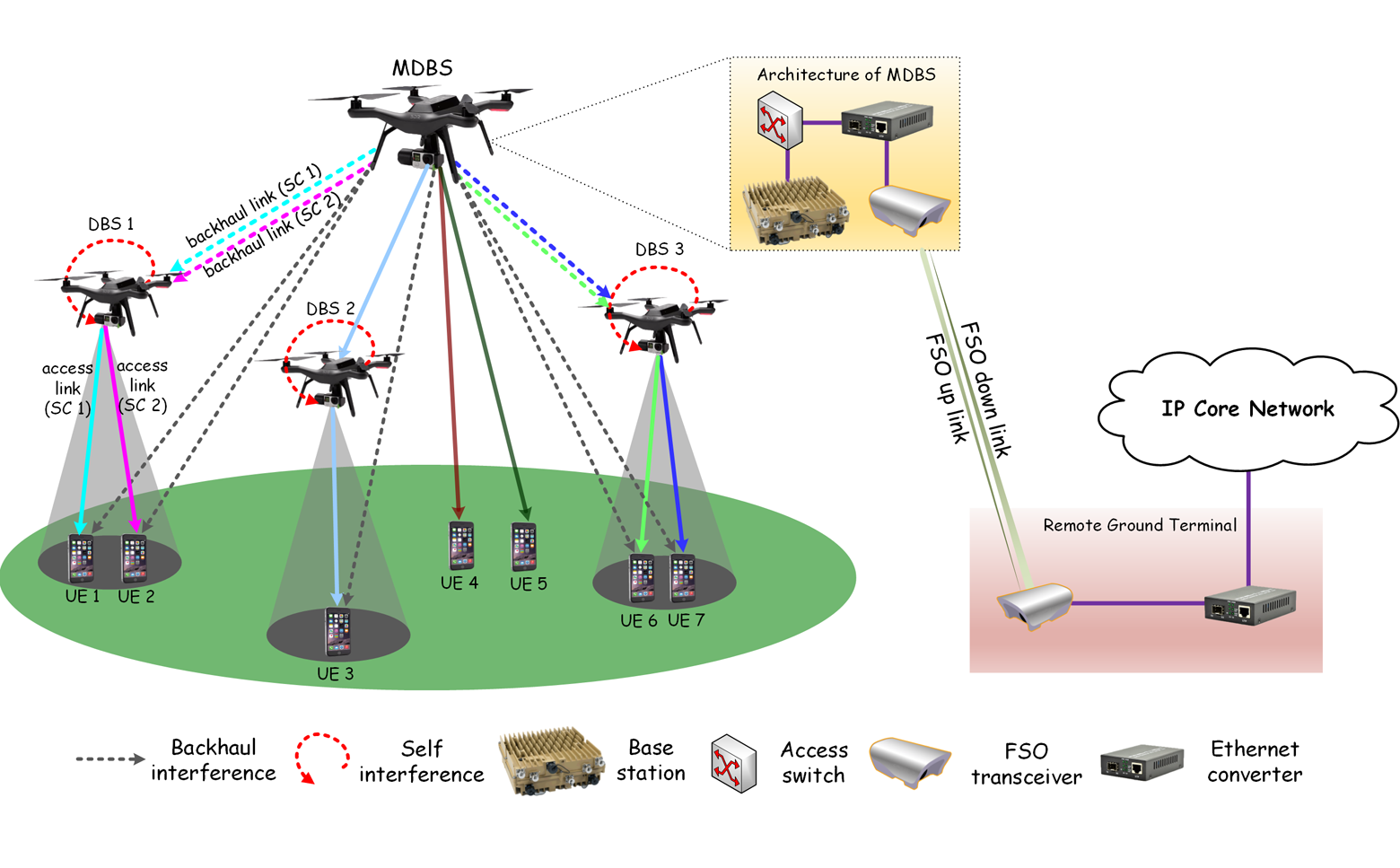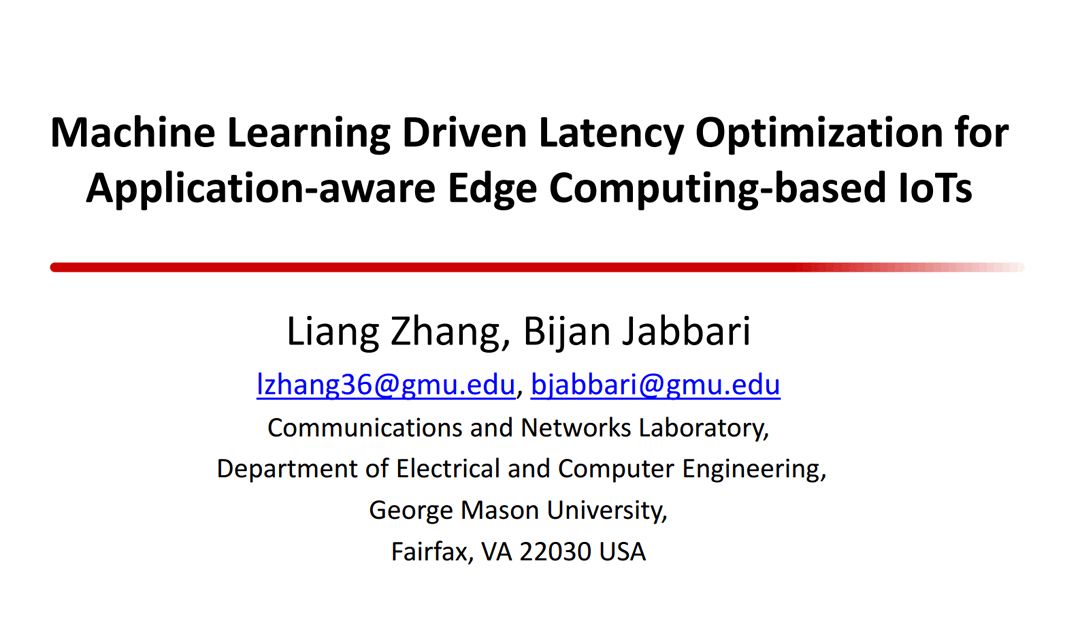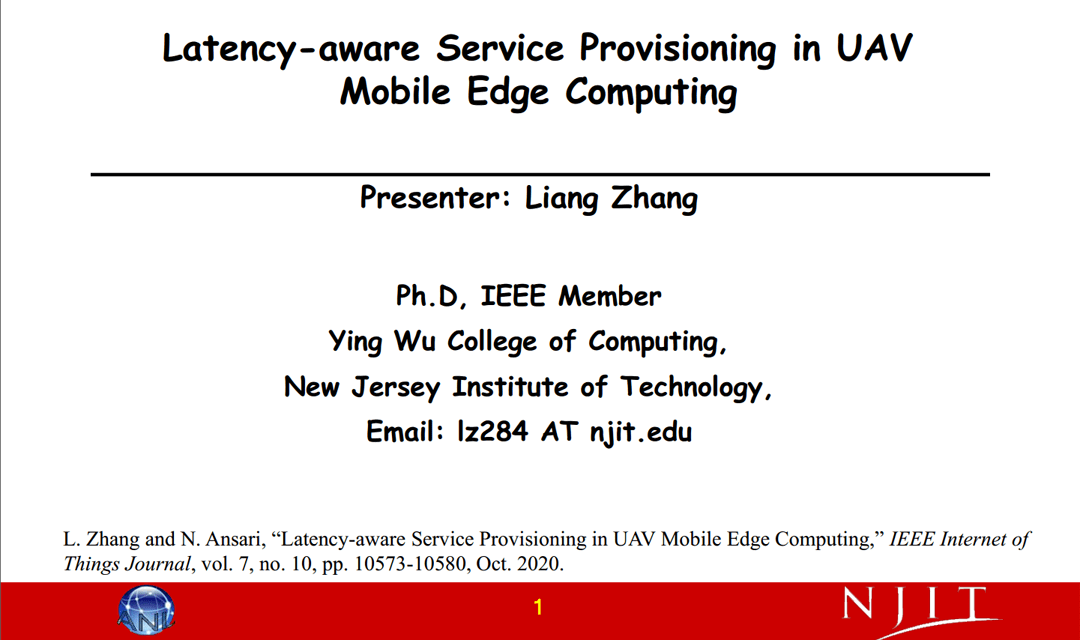Here are the basic concept of UAV communications and some useful resources.
Background of UAV Communications:
Unmanned aerial vehicle (UAV) communications have received much attention from both academia and industry because of high mobility, high flexibility, and high maneuverability of UAVs, and UAVs are very useful to provide communications for temporary large-scale, unexpected events or emergency communications.
Deploying UAVs to serve user equipments (UEs) is an encouraging solution, which can offer ubiquitous connectivity in the next generation wireless networks especially for unexpected incidents or temporary large-scale events, i.e., earthquakes, floods, traffic congestions, and concerts.
UAVs can be used to enhance the quality-of-service (QoS) of the Internet of Things Devices in the mobile edge computing network, and to reduce both the communication latency and the computing latency.

For more details, please refer to my publications IEEE TVT 2021 and ICT EXpress paper 2020 in the reference at the bottom.



